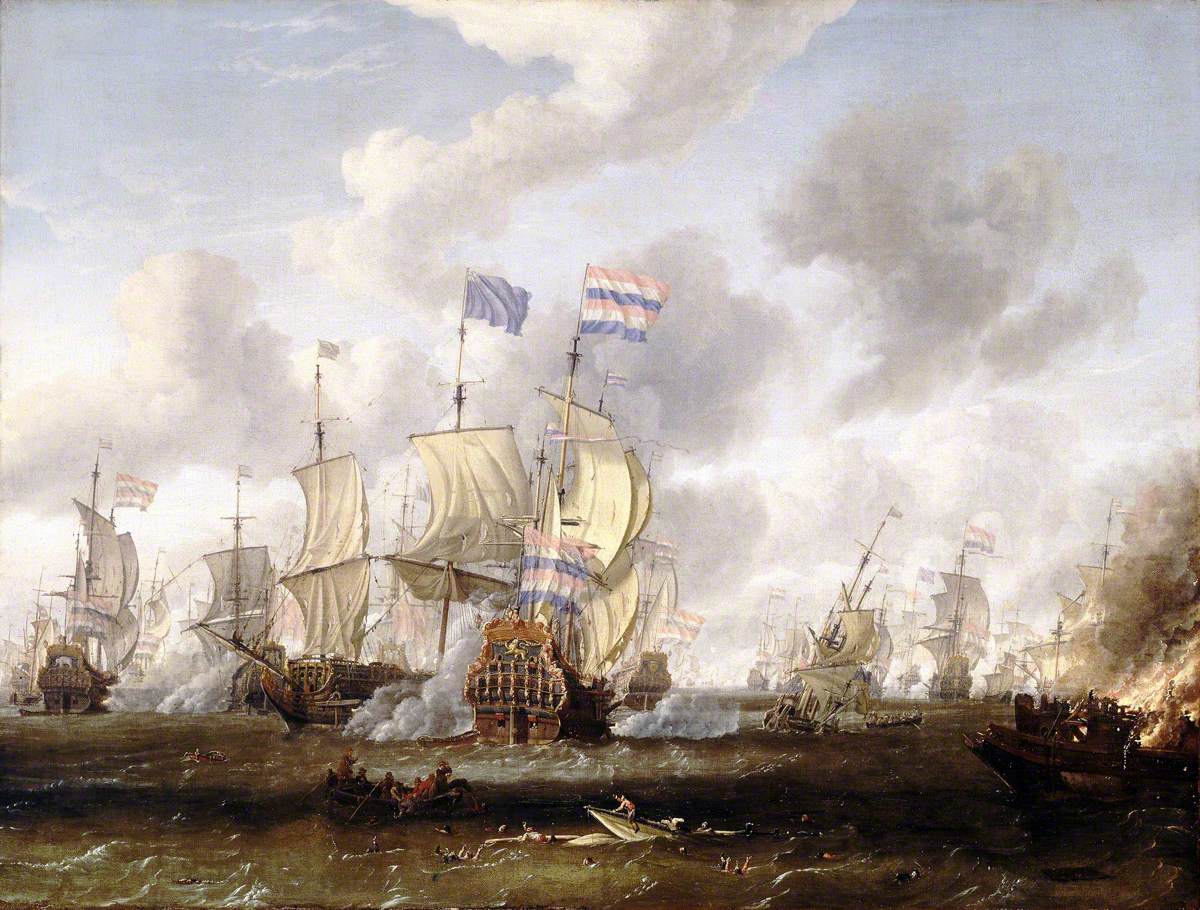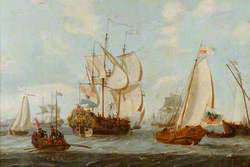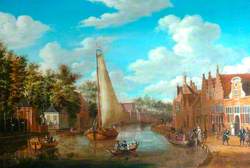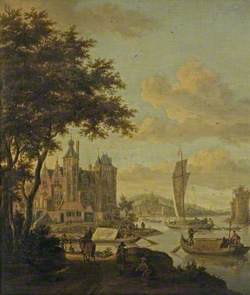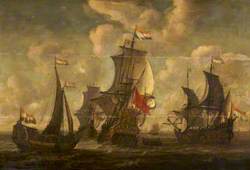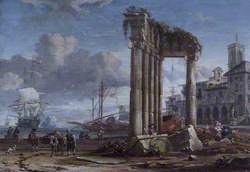How you can use this image
This image can be used for non-commercial research or private study purposes, and other UK exceptions to copyright permitted to users based in the United Kingdom under the Copyright, Designs and Patents Act 1988, as amended and revised. Any other type of use will need to be cleared with the rights holder(s).
Review the copyright credit lines that are located underneath the image, as these indicate who manages the copyright (©) within the artwork, and the photographic rights within the image.
The collection that owns the artwork may have more information on their own website about permitted uses and image licensing options.
Review our guidance pages which explain how you can reuse images, how to credit an image and how to find images in the public domain or with a Creative Commons licence available.
Notes
Add or edit a note on this artwork that only you can see. You can find notes again by going to the ‘Notes’ section of your account.
The Battle of the Texel was the last fleet action of the Third Dutch War, 1672–1674, between the Dutch on one side and the English and French on the other. It represented the final attempt by the allies to destroy the Dutch fleet and so leave their coast free for invasion. Although the allies were superior in numbers they were not sufficiently united and this weakness was exploited by the Dutch commander, Lieutenant-Admiral Michel de Ruyter. At Texel he concentrated on the English squadrons and after a hard day's fighting the action ended with no major unit taken or destroyed on either side. The painting is principally concerned with the duel between Sir Edward Spragge, the Admiral of the allied rear squadron, and the commander of the Dutch rear squadron, Lieutenant-Admiral Cornelis Tromp.
In the foreground, the artist has concentrated on the human cost of the action. He shows several small boats moving through the water attempting to rescue men and pull them out of the water. One figure is sitting on the topmast of a ship that has already sunk and another hangs onto the rigging. Other figures in the water are shown in various positions, highlighting the desperation of their plight.
The artist showed considerable accuracy in depicting ships' rigging and technical details, and his Dutch harbour and river views often depict the recreational and ceremonial aspects of shipping. He also showed great skill depicting the human figure, through characterisation and attention to costume and detail.
Title
The 'Goulden Leeuw' Engaging 'Royal Prince' at the Battle of the Texel, 11 August 1673
Date
late 17th C
Medium
oil on canvas
Measurements
H 66 x W 86.3 cm
Accession number
BHC0307
Work type
Painting
